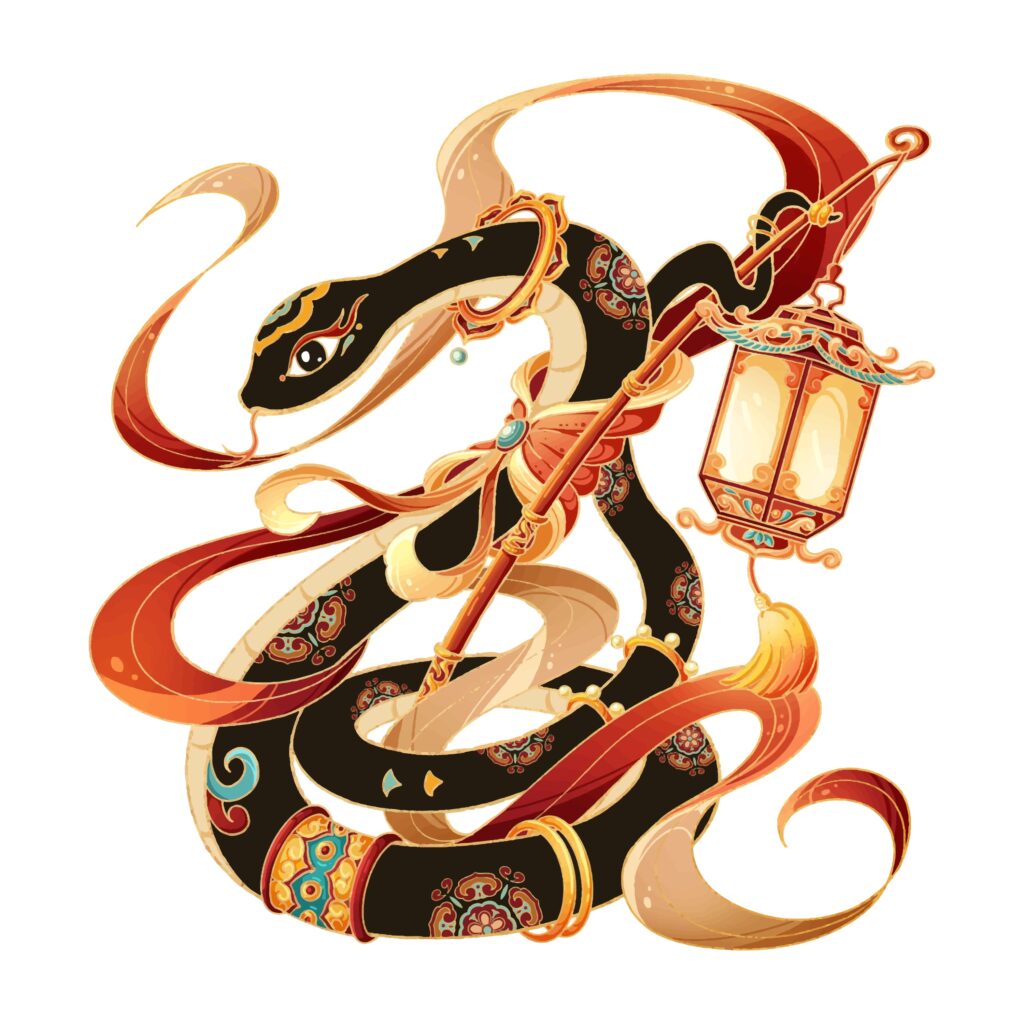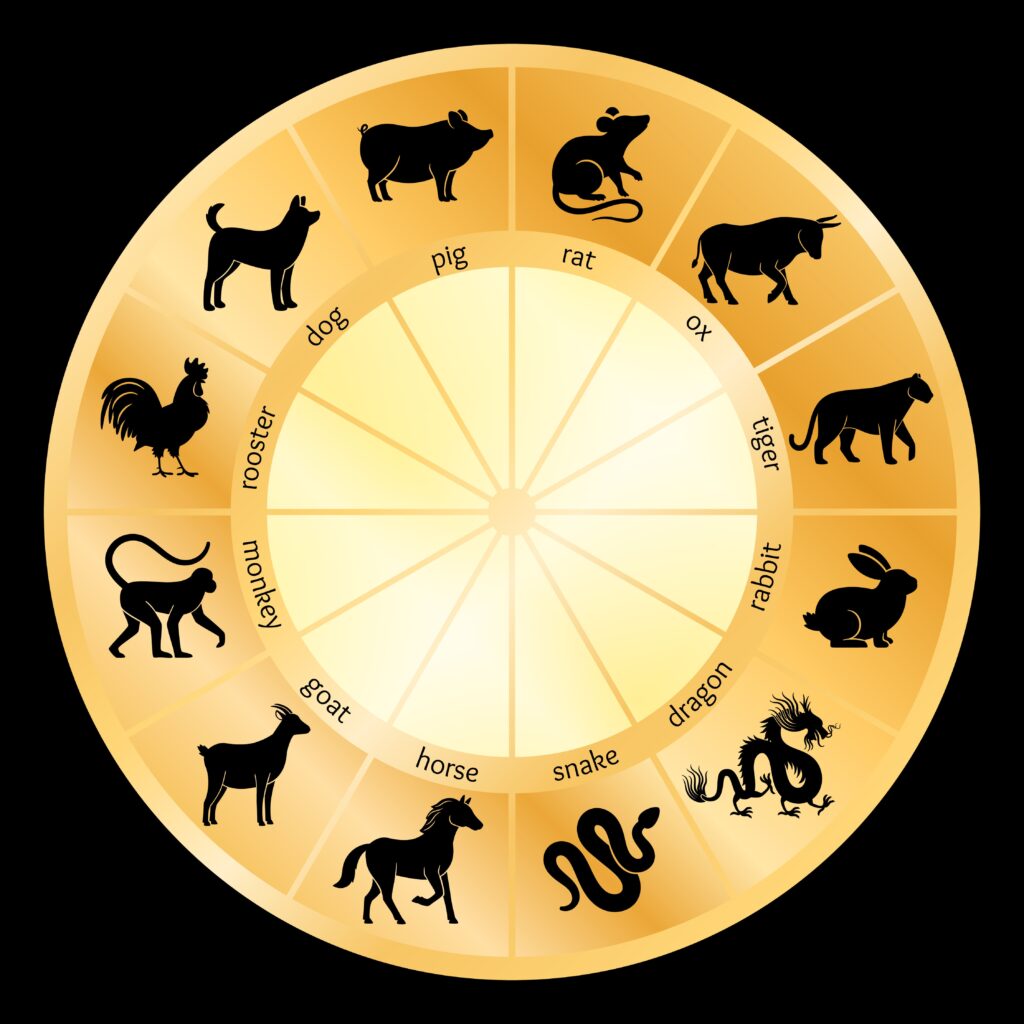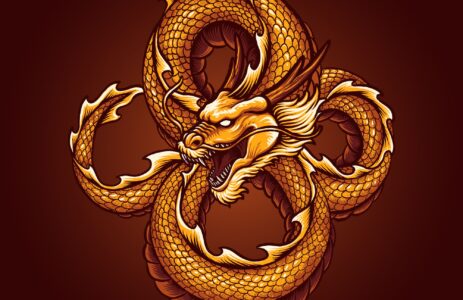Since ancient times, humans have looked to the animal kingdom not just for survival, but for deeper meaning. Animals serve as powerful symbols—embodying traits, fears, and aspirations that resonate across cultures, religions, and stories. Whether it’s the wisdom of an owl, the courage of a lion, or the mystery of a serpent, these creatures carry layered interpretations that shift depending on where and when they appear. In Greek myths, the owl accompanies Athena as a beacon of knowledge, while in some African traditions, its hoot may signal impending doom. A snake can represent deception in the Bible, yet in Hindu spirituality, it coils as Kundalini energy, a force of awakening. Even today, we see animal symbolism everywhere—from national emblems (the American eagle) to corporate logos (the Twitter bird)—proving that these ancient associations still shape our world. In this blog post, we’ll unravel the hidden meanings behind common animal symbols, compare their roles across cultures, and perhaps help you discover why certain creatures speak to you on a personal level.
Birds as Symbols of Freedom, Wisdom, and Omens
The Owl: Wisdom or Bad Luck?
Western Cultures (Wisdom & Scholarship):
- In Greek mythology, the owl was sacred to Athena, goddess of wisdom, symbolizing strategic thinking and foresight. This association persists today in academic mascots (e.g., the “wise old owl” in children’s literature).
- Roman lore linked owls to prophecy; their calls were thought to foretell significant events, like the death of Julius Caesar.
African & Asian Cultures (Omen of Death):
- In parts of West Africa, owls are considered messengers of witches or harbingers of death. Some tribes believe their hoots signal impending misfortune.
- In Japan, owls (fukurō) are dual symbols: “fortune owls” are lucky, while certain species (like the barn owl) are associated with the supernatural and graveyards.
The Eagle: Power & Divinity
USA (Freedom & National Identity):
- The bald eagle was chosen in 1782 as America’s emblem, representing independence and resilience. Its predatory nature sparked debate (Franklin favored the turkey as “more virtuous”).
Ancient Rome (Divine Authority):
- The eagle was the sacred bird of Jupiter, king of the gods. Roman legions carried eagle standards (aquilae) into battle—losing one was a catastrophic disgrace.
Native American Tribes (Spiritual Messenger):
- For the Lakota Sioux, the golden eagle (Wanbli) carries prayers to the Great Spirit. Its feathers are sacred, used in rituals and headdresses.
- The Hopi associate eagles with the sun and healing, performing the Eagle Dance to summon rain.
The Raven: Trickster or Prophet?
Norse Myth (Odin’s Companions):
- The god Odin had two ravens, Huginn (Thought) and Muninn (Memory), who flew across the world to gather knowledge. Ravens were seen as battle omens—their presence meant Odin watched.
Native American Lore (Shape-Shifter):
- In Pacific Northwest tribes, Raven is a mischievous creator figure who stole the sun to light the world (Haida legend).
- The Tlingit view ravens as both clever and chaotic, blurring lines between hero and troublemaker.
Western Literature (Gothic Doom):
- Edgar Allan Poe’s The Raven (1845) cemented the bird as a symbol of loss and the macabre. Its repeated “Nevermore” echoes despair and the supernatural.
Big Cats: Strength, Royalty, and Danger
The Lion: Courage & Leadership
Biblical & Medieval Heraldry:
- The Lion of Judah represents Jesus in Christianity (Revelation 5:5) and the tribe of Judah in Judaism.
- European royalty adopted lions in coats of arms (e.g., England’s “Lionheart” Richard I) to denote bravery and sovereignty.
Buddhism (Protector of Dharma):
- The Lion’s Roar symbolizes the Buddha’s teachings overcoming ignorance. Tibetan Snow Lions embody fearlessness and enlightenment.
Contrast in Fables (Arrogance):
- Aesop’s The Lion and the Mouse warns against underestimating the weak—the lion’s pride nearly gets him killed.
The Tiger: Ferocity & Protectio
Chinese Culture (Yang Energy):
- The tiger is one of the Four Celestial Animals, guarding the west and autumn. It wards off evil; children wear tiger hats for protection.
- In Feng Shui, tiger imagery balances the dragon’s energy (yin-yang harmony).
Hinduism (Divine Power):
- The goddess Durga rides a tiger into battle against demons, symbolizing controlled fury and maternal fierceness.
Western Fear vs. Eastern Reverence:
- Colonial-era hunters framed tigers as “man-eaters,” while Asian cultures celebrated them as guardians and kings of the jungle.
The Leopard: Stealth & Rebellion
African Folklore (Cunning Hunter):
- The Bambara people (Mali) tell of a leopard outsmarting a hare, teaching the value of patience.
- In Zulu proverbs, “the leopard’s spots are unchanging”—symbolizing inherent nature.
Christianity (Sin & Danger):
- Dante’s Inferno depicts a leopard as one of three beasts blocking the path to heaven, representing lust and deceit.
Serpents & Reptiles: Dual Symbols of Evil and Healing
The Snake: Temptation vs. Renewal
Bible (Satan & Fall of Man):
- In Genesis, the serpent tempts Eve, leading to humanity’s expulsion from Eden. Medieval art depicted snakes with female heads to emphasize deception.
Greek Myth (Healing):
- Asclepius, god of medicine, wielded a staff entwined with a serpent (Rod of Asclepius), still a medical symbol today. The snake’s shedding skin represented rebirth.
Hinduism (Kundalini Awakening):
- Coiled at the base of the spine, the kundalini serpent rises through chakras during spiritual enlightenment.
The Crocodile: Deception & Power
Egyptian Sobek (Fertility God):
- Worshipped in the Nile Delta, Sobek embodied the crocodile’s strength and the river’s life-giving floods.
Australian Aboriginal Lore (Creator):
- The Rainbow Serpent, sometimes depicted as a crocodile, shaped landscapes and enforces tribal laws.
Modern Metaphor (“Crocodile Tears”):
- This phrase, dating to medieval bestiaries, mocks false remorse—a reference to crocodiles “crying” while eating prey.
The Turtle/Tortoise: Longevity & Stability
Chinese Myth (Cosmic Order):
- The turtle’s shell symbolized the round heaven and square earth. The Black Tortoise guards the north and winter.
Native American (Mother Earth):
- The Iroquois creation story describes Earth forming on a giant turtle’s back (Turtle Island).

Serpents & Reptiles: Dual Symbols of Evil and Healing
The Snake: Temptation vs. Renewal
Bible (Satan in Eden):
- The serpent in Genesis is one of the most infamous symbols of deception and sin, cursed to crawl on its belly after tempting Eve.
- Medieval Christian art often depicted snakes with female heads, reinforcing associations with seduction and moral corruption.
- Yet, Jesus himself instructed his disciples to be “wise as serpents” (Matthew 10:16), acknowledging their cunning as a survival trait.
Greek Myth (Asclepius & Medicine):
- The Rod of Asclepius (a single serpent coiled around a staff) remains the universal symbol of healing, derived from the myth of Asclepius, who learned resurrection from watching snakes shed their skin.
- Snakes were kept in his temples, believed to offer divine cures through their venom and regenerative abilities.
Hinduism (Kundalini Awakening):
- The Kundalini serpent lies coiled at the base of the spine, representing dormant spiritual energy. When awakened through yoga, it rises through the chakras, leading to enlightenment.
- The snake also adorns Shiva’s neck, symbolizing controlled power—destruction and rebirth in balance.
The Crocodile: Deception & Power
Egyptian Sobek (Fertility God):
- Worshipped in the Nile Delta, Sobek was both feared and revered—his crocodile form embodied the river’s life-giving floods and its deadly unpredictability.
- Pharaohs associated themselves with Sobek to project strength and dominance, much like the crocodile’s unchallenged reign in the waters.
Australian Aboriginal Lore (Creator Being):
- The Rainbow Serpent, sometimes depicted as a giant crocodile, is a creator deity who shaped the land, carved rivers, and enforces sacred laws.
- Its dual nature reflects fertility and destruction—bringing monsoons but also floods as punishment.
Modern Slang (“Crocodile Tears”):
- The phrase originates from medieval bestiaries claiming crocodiles wept while eating prey—a metaphor for false remorse still used today in politics and literature.
The Turtle/Tortoise: Longevity & Stability
Chinese Myth (Cosmic Support):
- The Black Tortoise (Xuanwu) guards the north and winter, symbolizing endurance and wisdom.
- Ancient Chinese believed the world rested on a giant turtle’s back—its shell representing the harmony of heaven (round) and earth (square).
Native American (Mother Earth Symbol):
- The Iroquois creation story tells of the earth forming on Turtle Island, a foundational myth emphasizing nature’s sacred balance.
- Many tribes see the turtle as a teacher of patience, its slow movements a reminder of deliberate living.
4. Domestic Animals: Loyalty, Labor, and Sacrifice
The Dog: Faithfulness or Servitude?
Western View (“Man’s Best Friend”):
- From Odysseus’s loyal Argos to Hachiko, dogs epitomize unwavering loyalty.
- Literature and film (e.g., Lassie, Marley & Me) reinforce their role as protectors and companions.
Middle Eastern/Asian Cultures (Unclean or Sacred?):
- In Islam, dogs are considered ritually impure, though some traditions honor them as guardians (e.g., the Seven Sleepers’ dog in the Quran).
- Hinduism associates dogs with Yama, the god of death, yet street dogs are also fed during the festival of Kukur Tihar in Nepal.
The Horse: Freedom & War
Celtic Epona (Goddess of Horses):
- The only Celtic deity adopted by Rome, Epona protected cavalry and symbolized sovereignty and mobility.
- White horses in Celtic myth (e.g., Rhiannon’s steed) often carried souls to the afterlife.
Hindu Ashvins (Divine Healers):
- Twin horsemen of Ayurveda, the Ashvins rode golden chariots, curing diseases and bringing dawn.
Trojan Horse (Deception):
- The ultimate symbol of strategic betrayal, the Trojan Horse reminds us that even noble creatures can be tools of war.
The Cow: Nurturing & Sacredness
Hinduism (Divine Maternal Figure):
- The cow is Kamadhenu, the wish-fulfilling “mother of all,” representing purity and abundance.
- Killing a cow in many Indian states is taboo, linked to the belief that it hosts 33 million gods.
Western Economics (Livestock vs. Symbolism):
- While the West commodifies cows for dairy and beef, idioms like “sacred cow” critique unquestioned traditions.
5. Mythical & Hybrid Animals: Beyond Reality
The Phoenix: Rebirth & Immortality
Greek/Egyptian Myths:
- The Bennu bird (Egyptian precursor) rose with the sun, while the Greek phoenix cyclically burned and resurrected from ashes.
Modern Pop Culture:
- Fawkes in Harry Potter embodies hope, while the Marvel Comics Phoenix Force represents destruction and rebirth.
The Dragon: East vs. West
China (Luck & Rainbringer):
- Dragons control monsoons and rivers, celebrated during Lunar New Year for prosperity.
- The Azure Dragon guards the east and spring.

Conclusion
From the wisdom of owls to the duality of serpents, the loyalty of dogs to the rebirth of the phoenix, animal symbolism weaves a universal language that transcends time and culture. These creatures serve as mirrors—reflecting humanity’s deepest fears, highest aspirations, and most enduring myths. Whether revered as sacred guides or feared as omens, their meanings shift across civilizations, revealing how our relationship with the natural world shapes belief, art, and identity. As you encounter these symbols in stories, dreams, or daily life, consider what they might reveal about your own journey. Which animal speaks to your spirit? Share your thoughts below, and may your path be as rich with meaning as the menagerie of symbols we’ve explored.


